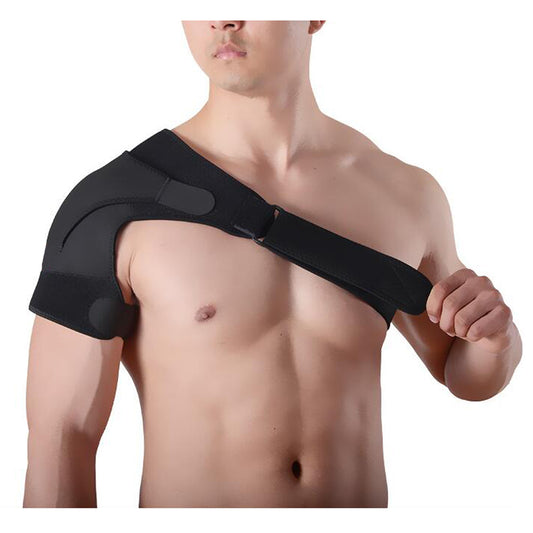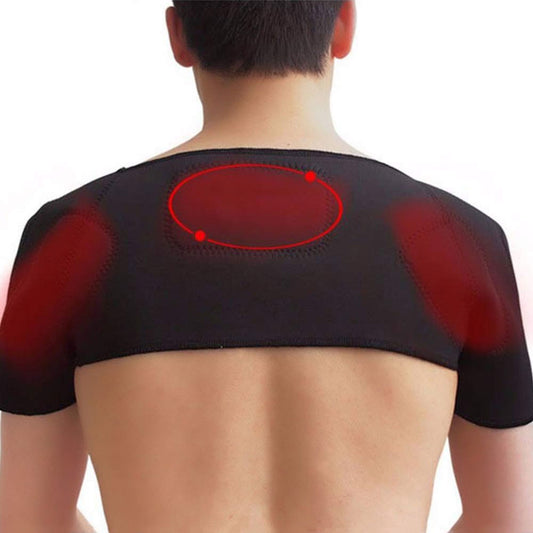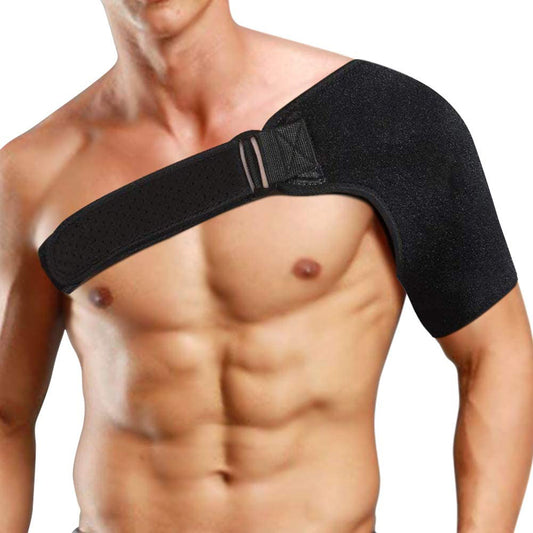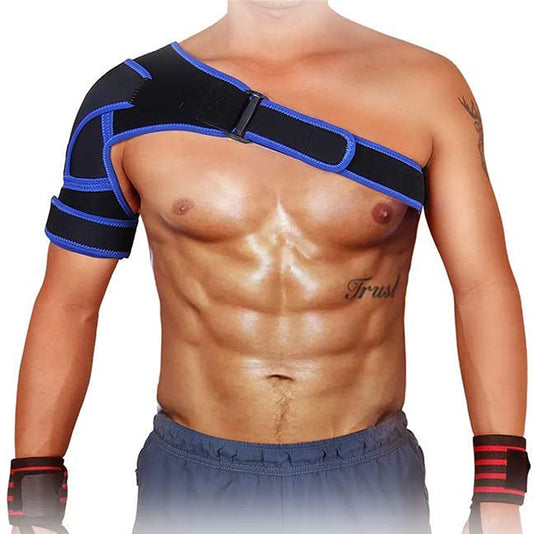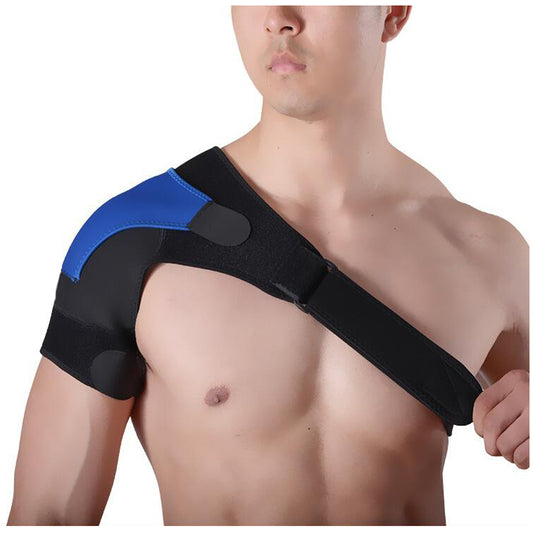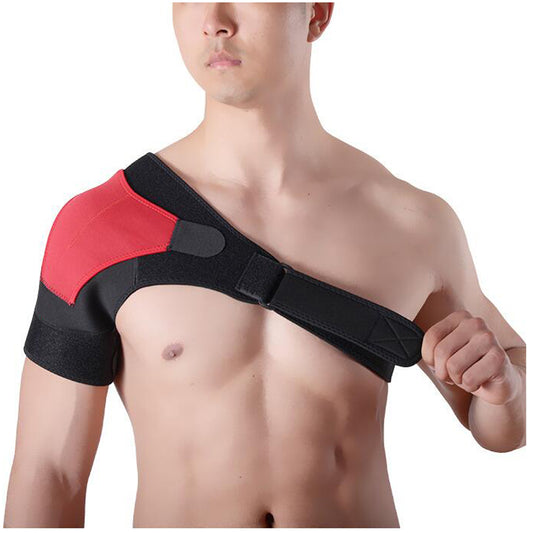Unfortunately, your shoulder can suffer from many different types of injuries. This means that your pain could be from a dislocation, sprain, strain, separation, tendonitis, torn rotator cuff, or even something else.
If you have recently injured your shoulder, you may be in great pain and looking for the right treatment. Not knowing where to start can be stressful.
Fortunately, when you get the best shoulder brace for an injury, you can help your shoulder heal faster while doing many of your daily activities.
However, you may still be wondering, how do you choose the right shoulder support for you?
Finally, you can begin to recover and move on from the injury. Read on to learn more.
Which shoulder brace is right for you?
In order to find the right shoulder rest for you, you need to understand the types of braces available and what's included in these products. The first is injured or dislocated. Such shoulder support brackets typically include a bracket with slings.
There are also shoulder stabilizers. These braces are all one piece and provide support from your chest to your shoulders. These include a compression sleeve and a brace that wraps around your chest.
There's also the Posture Shoulder Rest, which partially wraps around your waist and supports your shoulders.
Who is the shoulder brace for?
A shoulder brace is usually used when you have a shoulder injury. By combining physical therapy with your brace, you can get faster and closer to your recovery. Some braces immobilize your shoulders and arms so you can recover faster.
Others offer compression and are ideal for athletes. These types of braces provide support and protection for the wearer, while still allowing mildly injured athletes to continue performing.
There are specific injuries that work best with this product, which we will now review.
dislocated shoulder
Because your shoulder joint is the most flexible joint in your body, it is the joint most prone to dislocation. This injury may have occurred through trauma - for example, if you were at a hockey game and had a medical examination, or if you were stopped at a football game.
By using a shoulder brace on the affected area, the wound can heal while your shoulder is immobilized.
Should you need surgery because of a dislocation, a shoulder brace will also help the joint recover after a dislocation.
impact syndrome
If you repeatedly move your arms upward, such as at work where you often lift heavy objects, you may eventually develop shoulder impingement syndrome. When this happens, you start to develop tiny bone spurs.
These spurs can cause your rotator cuff tendon to get trapped above your main shoulder point.
With a shoulder brace, you can limit movement and reduce pain, allowing the area to heal. The DonJoy Sully Shoulder Rest is often referred to as the best shoulder rest for rotator cuff injuries.
ACJ Injury
ACJ injuries, short for acromioclavicular joint injuries, occur in the uppermost part of the shoulder. This is an injury that athletes often suffer, for example, when they repeatedly fall on their shoulders. You can also dislocate this part of the shoulder.
By wearing a shoulder brace, you can minimize inflammation and swelling in your shoulders.
Also, if you must undergo surgery, the stent will help stabilize your dislocated ACJ later.
lip tears
Surrounding your shoulder socket is a cushion called the labrum. When your labrum is torn, you usually just fall on the shoulder or take a direct blow, although this can also happen when pulling or throwing.
When you use the shoulder brace, it controls blood flow to the labral area and provides support to help reduce pain and repair labral tears.
rotator cuff tear
Your rotator cuff is an important group of tendons that stabilize your shoulder and give it mobility. This can cause weakness and pain when you damage it. Tears caused by this injury can benefit from the support and immobilization provided by the shoulder brace.
Without it, the tear can become larger and therefore more difficult to repair. Once healed, the brace will also strengthen the area, helping to prevent re-injury.
shoulder arthritis
Finally, anyone with shoulder arthritis should use a shoulder brace. Because joints can feel pain and stiffness after losing their original lubrication, you can strengthen your shoulder joint while reducing pain from arthritis.
It can also help reduce the effects of arthritis and even prevent it from happening.
How to use the shoulder rest
To use the shoulder rest, you must first place it on your shoulder. The middle bar should be parallel to the top of the arm and elbow. The straps will wrap around your back, and you'll secure it with a buckle.
As for the padded sleeve, it goes under your armpit or under the opposite arm for comfort. You may also need to readjust the straps to get the correct fit.
It may also be helpful to have a medical professional show you how to put it on first, so you can put it on properly at home.
How to maintain shoulder support
In general, you should wear a shoulder rest almost all the time. Some are not designed for showering or exercising, so check the instructions to see if this applies to you. Can be washed when not wearing.
If your sleeves don't have any metal parts, you can wash them every few days.
Larger metal structural supports should be wiped down with a damp towel at the end of each day. You can also use baby wipes to do this.
Some braces, such as those with hinged braces, sometimes require lubrication to continue working.
If you find any parts loose or worn, you should replace those parts. If the entire stand is attached without any removable parts, you may need to buy a new one.
The more you maintain your shoulder straps, the longer it will last.
The benefits of shoulder support
The benefit of using a shoulder brace is that it promotes healing and prevents your injury from getting worse over time. Combined with physical therapy or exercise your doctor prescribes, you will recover faster than you would without it.
There are also some downsides to using a shoulder rest. Among them are that it is not aesthetically appealing, it is not a substitute for physical therapy or other types of rehabilitation programs, and you may become too dependent on it.
If you wear it for too long, you may even end up with muscle wasting or putting too much stress on other muscles.

